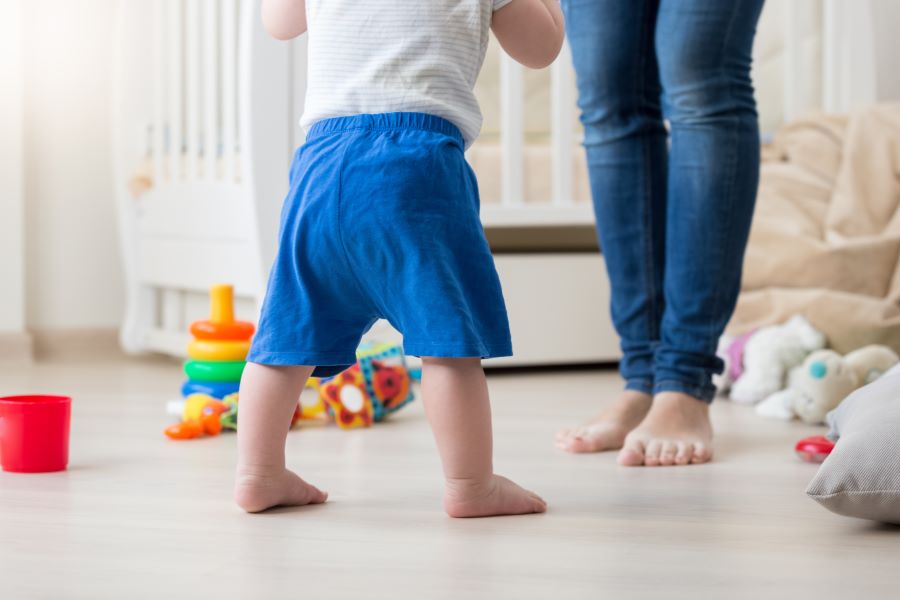Baby Development: Your 10 Month, 1 Week Old


Your baby is growing fast and wanting to explore his or her world in a bigger way. Crawlers are off and, well, crawling … all over the home. Nap schedules are hopefully well established, as are feeding times. Around now you may get the sense that your baby wants more: more activity, more experiences, or more time with new people.
You might need a bit “more” by now too — which means it’s the perfect time to start thinking about finding a playgroup, if you haven’t already. A playgroup is simply a small group of caregivers and their children gathered together in a safe, baby-centered environment. It may be at a formal location, such as a community center, but it also may be at someone’s home or a park. The idea of the playgroup is to allow babies to begin interacting with other kids of a similar age. The playgroup also allows caregivers to meet and form friendships in the context of their children.
Sometimes playgroups are facilitated by an instructor and involve a theme such as music or child development. These can be fun and enriching, too. Baby groups in the setting of a gym or community center are usually divided by age and limited in size. They often charge a fee, and some require registration in advance. Structured playgroups like these should offer a family the chance to do a trial class before enrollment to see if your baby likes the class setting.
The perfect playgroup? It depends
Whatever group you choose, it is important to understand that all babies react differently when placed in a group setting. Some are social butterflies from the beginning, grinning and enjoying the company of other children. Some babies are quiet, reluctant to leave the safety of a caregiver’s lap as they watch the other babies. These children may or may not choose to join the group over time. Finally, some babies simply do not enjoy this time and will let you know. Tears and clinginess are signals that the group is just too much for now. If this happens, it is best to wait a bit longer before pushing a baby into a group.
As the babies “play” it is also important to understand where they are in their social and physical development. Babies do not share toys, which makes sense because they have no idea what the concept of “sharing” actually is. An ideal group is one with plenty of similar toys to go around. Typically, babies do not play “with” each other but rather next to one another. True interactive play happens much later. They will, however, reach out and take an object from another child. It’s important that the parents realize this is not out of malice, just an immature understanding of the rules of play. Still, this is a good age to begin introducing the concept of boundaries and socialization that will become critical later.
The playgroup should also be good for the caregiver. A great group is one where the adults can learn and grow with each other alongside their babies. Finding one that is a great fit for both parent and child can take some trial and error, so try not to be discouraged if the first couple are not perfect fits. Finally, when joining or creating a group, set some ground rules. For example, pick a consistent time and space, and set up some suggestions for when babies should sit out (ill with fever or cold symptoms, for instance).
Find out more about your baby\’s social development with Behavioral Health Specialist, Raquel Anderson.
Powered by Bundoo®










































